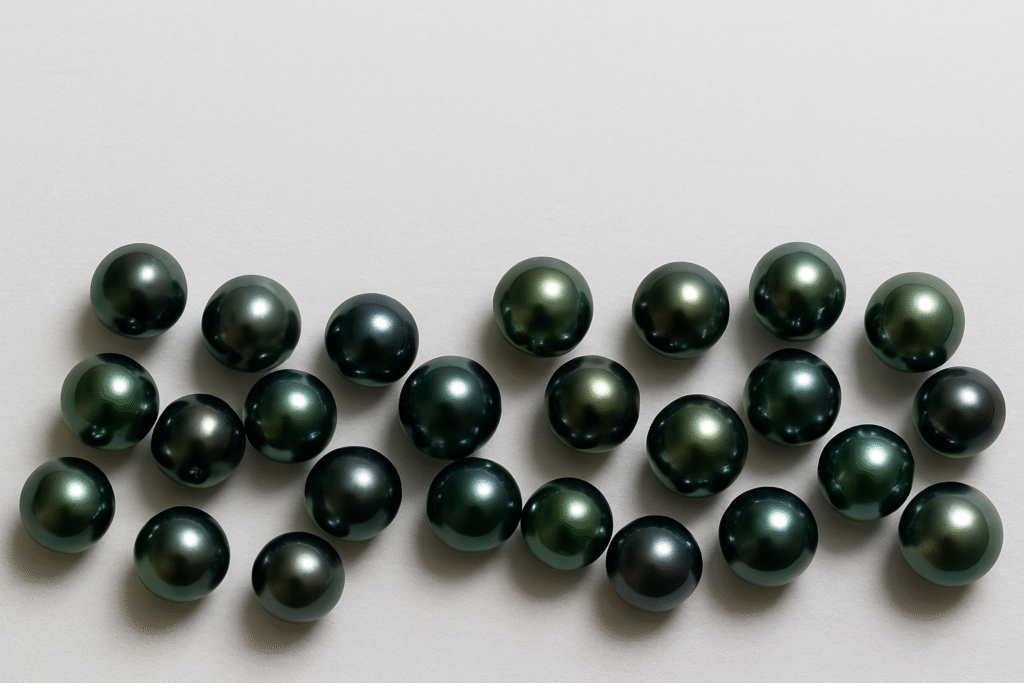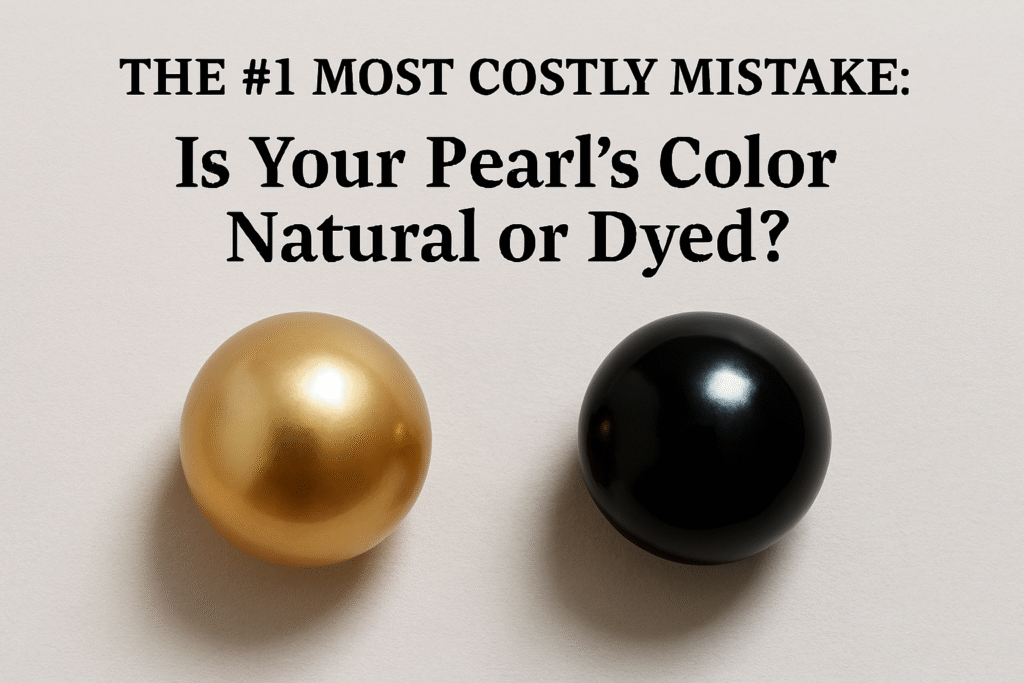Many dark pearls sold as “Tahitian” are actually dyed freshwater or Akoya pearls. Learn the key signs to identify real Tahitian pearls and avoid costly mistakes.
Many people see a dark pearl and call it “Tahitian.”
That’s a mistake.
Most dark pearls in the market are not Tahitian.
They are often dyed freshwater pearls or treated Akoya pearls.
True Tahitian pearls come from French Polynesia and carry specific qualities.
So how do you tell the difference?
Key Clues to Spot a Real Tahitian Pearl
- Size
Tahitian pearls usually range from 8 mm to 16 mm.
If the pearl is smaller, question the claim. - Shape
They are rarely perfectly round.
Semi-baroque or oval shapes are common. - Color
Real Tahitians show natural shades like gray, green, peacock, or aubergine.
Dyed pearls often look flat black with little depth. - Lustre
Tahitians have a strong, mirror-like surface glow.
Dyed pearls often look dull or uneven under light.
A Personal Example
In my gem lab, I once tested a strand a customer bought as “Tahitian.”
The pearls were uniform black, perfectly round, and all the same size.
Under testing, they turned out to be dyed freshwater pearls worth a fraction of the price.
Questions You Should Ask Your Jeweller
- Where did the pearl come from?
- Can they show you a certificate of origin?
- Why does the strand look too perfect?
If you start asking these questions, you avoid costly mistakes. You also learn to appreciate the beauty of real Tahitian pearls.


